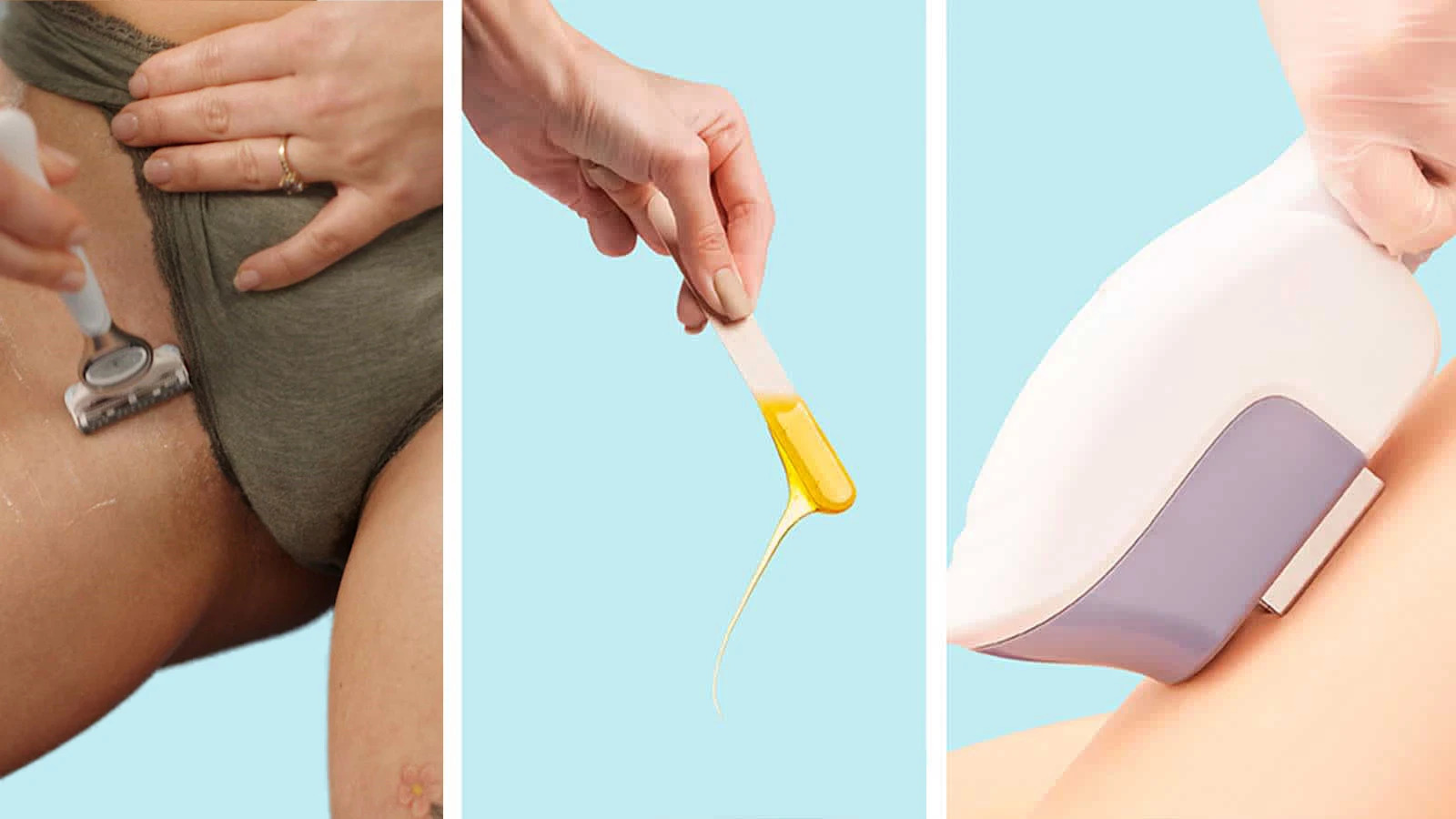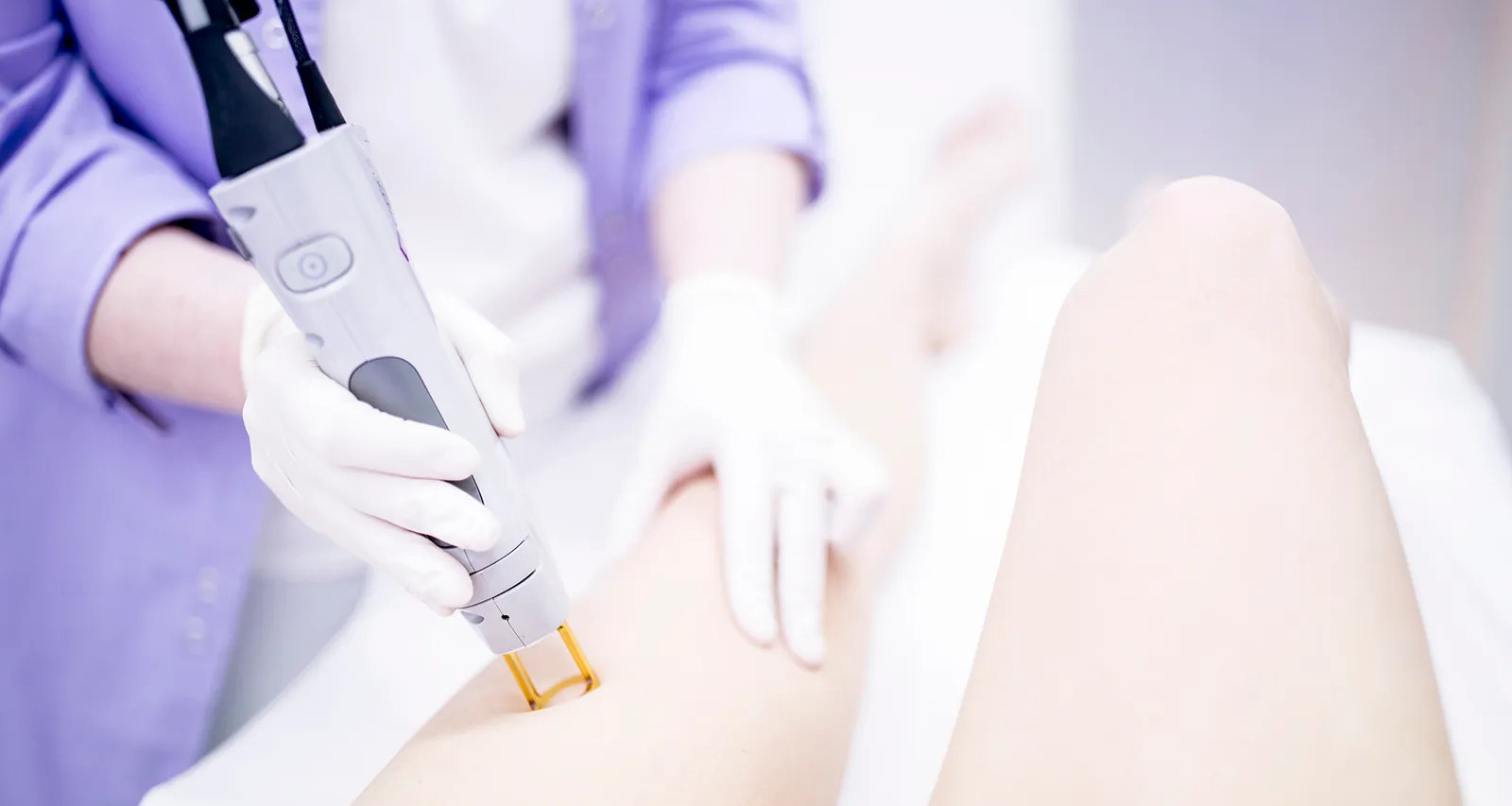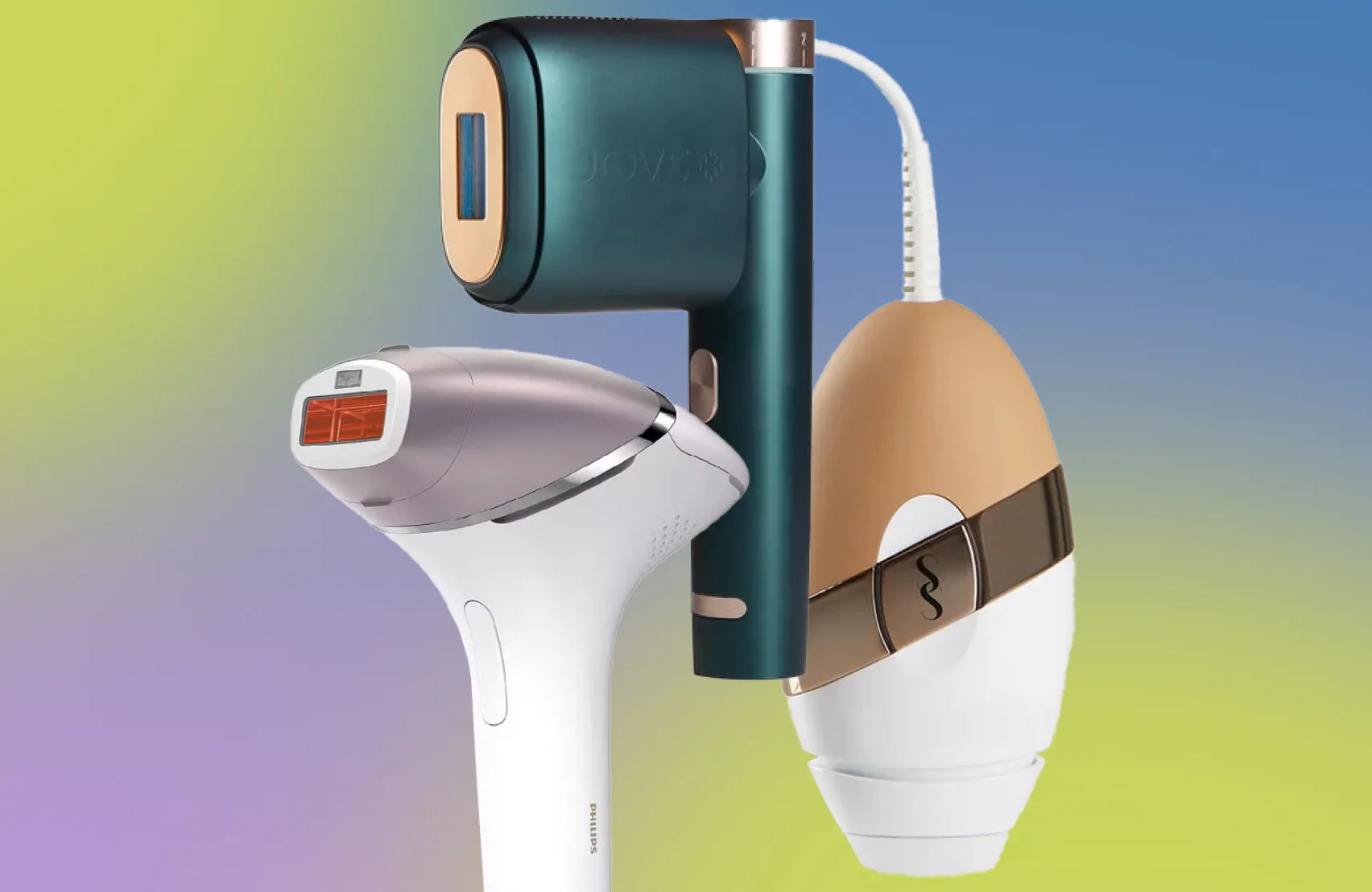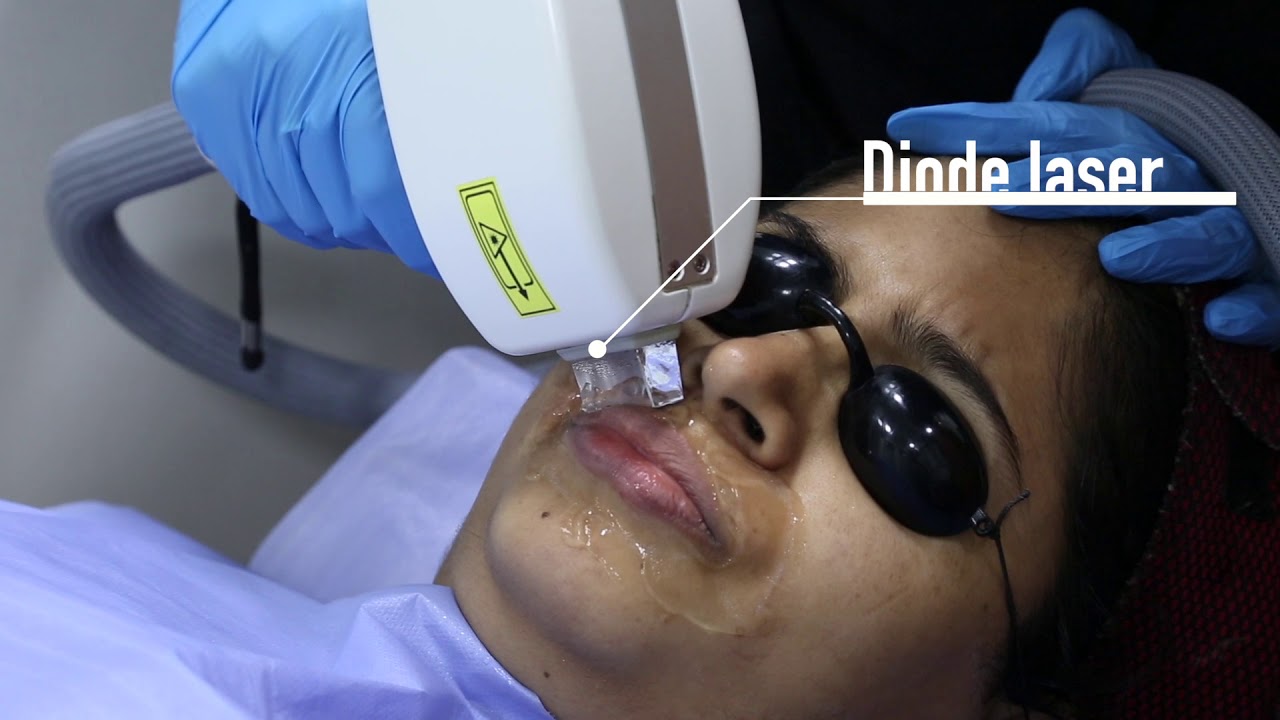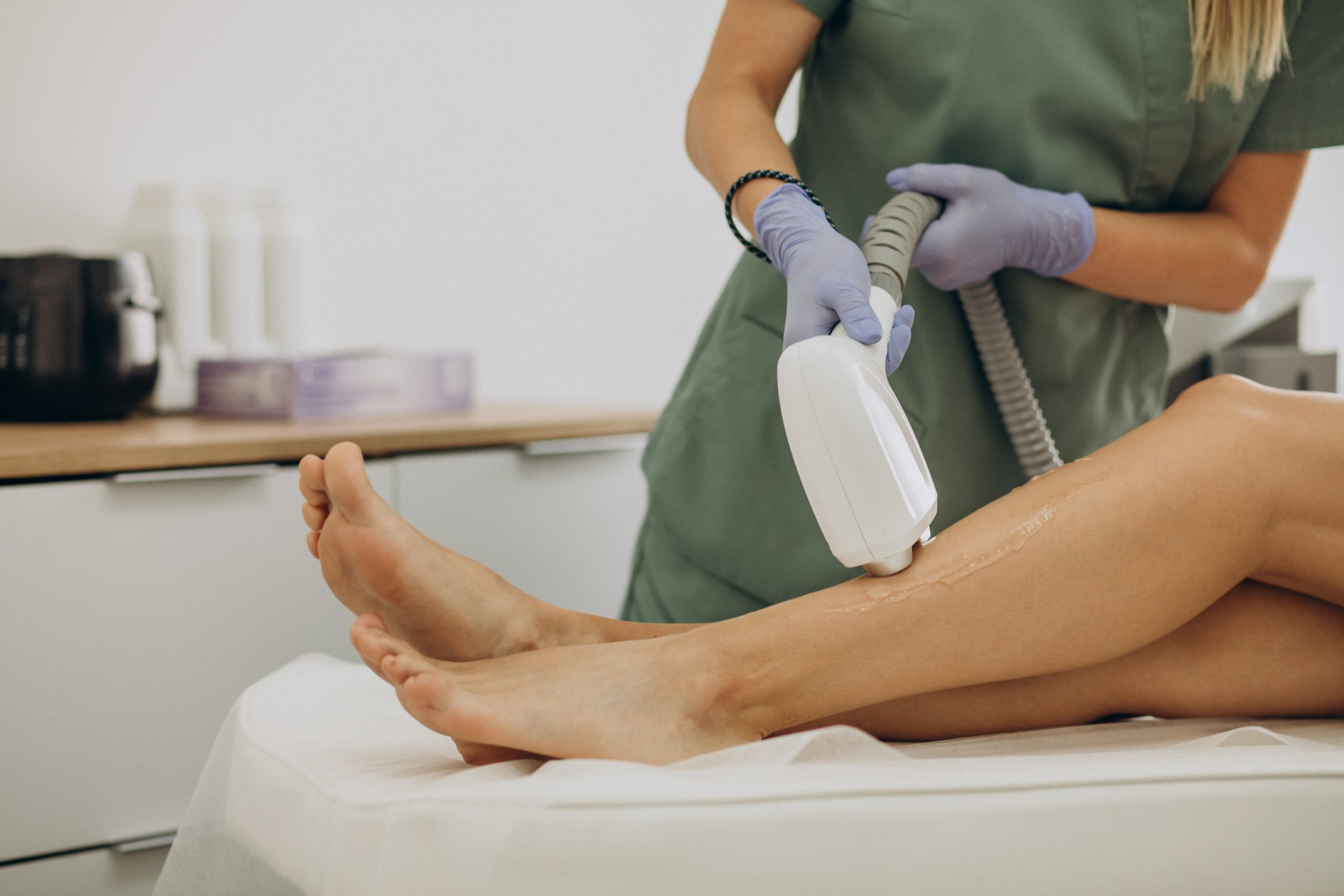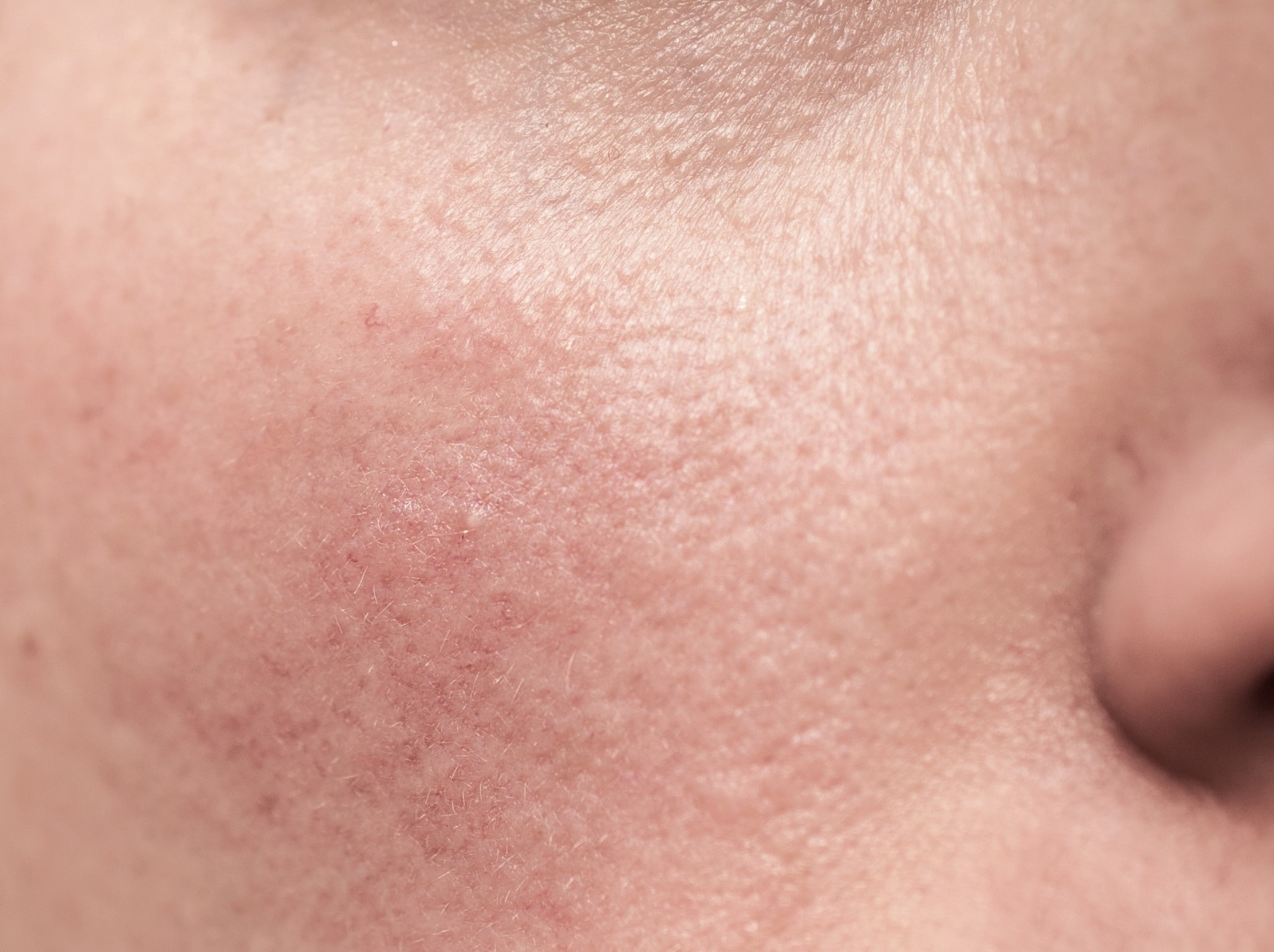

FAQs
What Is Epilator Hair Removal
Modified: August 5, 2023
Find answers to your general questions about epilator hair removal. Discover how it works, its benefits, and tips for smooth and long-lasting results.
(Many of the links in this article redirect to a specific reviewed product. Your purchase of these products through affiliate links helps to generate commission for Under-tec.com, at no extra cost. Learn more)
Table of Contents
Introduction
Unwanted hair can be a hassle, and there are numerous methods available for removing it. One popular option is using an epilator, a device that effectively removes hair from the root. Epilators offer a convenient and long-lasting hair removal solution that is increasingly popular among both men and women.
Unlike traditional methods like shaving or waxing, which only remove hair from the surface, epilators work by grasping and pulling out hair from the root. This approach not only provides a smooth and longer-lasting result but also helps to slow down hair regrowth over time.
In this article, we’ll explore how epilators work, the pros and cons of using them, tips for effective use, common concerns and misconceptions, and how they compare to other hair removal methods. Whether you’re new to epilation or looking to enhance your knowledge, this article will provide valuable insights into the world of epilator hair removal.
So, let’s delve into the world of epilators and discover why they have become a go-to option for many individuals seeking a convenient and efficient hair removal solution.
How Does an Epilator Work?
At first glance, an epilator may look like an electric shaver or trimmer, but it functions quite differently. Epilators have multiple small tweezers or discs that rotate rapidly when activated. These tweezers or discs trap and pluck hair from the root as they rotate, effectively removing it.
Using an epilator is a straightforward process. You simply glide the device over the desired area, and the tweezers or discs will grab onto the hairs, removing them from the root. The rotating motion makes the process efficient, as it allows the epilator to cover a larger area in a shorter amount of time.
When compared to shaving or waxing, which only remove hair at the surface level, epilation offers a distinct advantage. By removing hair from the root, epilation provides a smoother finish that lasts longer. While hair may eventually regrow, it usually takes longer for hair to grow back after epilation than after shaving or waxing.
Epilators come in various models and designs, catering to different hair removal needs. Some are cordless, allowing for more freedom of movement during use, while others require a power source. Additionally, certain models offer wet and dry functionality, making it possible to use them in the shower for added convenience.
It’s worth noting that while epilation may cause some discomfort initially, many users report that the sensation lessens over time as their skin becomes accustomed to the process. Manufacturers have also introduced features such as massaging rollers and cooling techniques to help minimize discomfort during use.
Overall, epilators offer an efficient and effective solution for hair removal. They allow for longer-lasting results compared to other methods and can be used on various body parts. However, it’s important to keep in mind that individual experiences may vary, and it’s advisable to familiarize yourself with proper usage techniques before starting.
Pros and Cons of Epilator Hair Removal
Epilators have gained popularity as a hair removal method for several reasons. Let’s explore some of the pros and cons of using an epilator for hair removal.
Pros:
- Long-lasting results: Unlike shaving, which only removes hair at the surface, epilation removes hair from the root, resulting in smoother skin that lasts for several weeks.
- Convenience: Epilators are easy to use and can be used in the comfort of your own home. They are also portable, making them ideal for travel.
- Versatility: Epilators can be used on various body parts, including legs, arms, underarms, and even the face, providing a versatile solution for hair removal.
- Cost-effective: Once you invest in an epilator, there are no ongoing costs. You don’t need to purchase replacement blades or waxing strips, saving you money in the long run.
- Reduced hair regrowth: With regular use, epilators can help to slow down hair regrowth, making the hair finer and sparser over time.
Cons:
- Discomfort: Epilation can cause some initial discomfort, especially for those new to the process. However, many users report that the sensation lessens with continued use.
- Time-consuming: Using an epilator is more time-consuming compared to other methods like shaving. This is because the device needs to be moved slowly across the desired area to ensure effective hair removal.
- Not suitable for all hair types: Epilators may not be as effective on very short or fine hair. Additionally, those with sensitive skin or certain skin conditions may need to use caution or avoid using an epilator altogether.
- Ingrown hairs: Like with any hair removal method, there is a risk of developing ingrown hairs. Proper exfoliation and skincare after epilation can help minimize this risk.
- Initial investment: While epilators offer long-term cost savings, the initial purchase can be more expensive compared to disposable razors or waxing kits.
Consider these pros and cons when deciding if an epilator is the right hair removal method for you. It’s important to weigh the benefits against any potential drawbacks to make an informed choice.
Tips for Using an Epilator Effectively
Using an epilator correctly can help maximize its effectiveness and minimize any potential discomfort. Here are some useful tips to keep in mind when using an epilator:
- Prepare your skin: Before using the epilator, make sure your skin is clean and dry. This helps prevent any irritation and allows the device to grip the hair more effectively.
- Exfoliate regularly: Use a gentle exfoliating scrub or brush a day or two before epilating to remove any dead skin cells. This helps prevent ingrown hairs and allows for smoother hair removal.
- Start with the right hair length: Ensure that your hair is long enough for the epilator to grip effectively. Most epilators work best on hair that is at least 2-5mm in length.
- Hold the epilator at a 90-degree angle: To ensure proper hair removal, hold the epilator perpendicular to the skin at a 90-degree angle. This helps the tweezers or discs grasp the hair firmly.
- Move against the hair growth: For optimal results, glide the epilator against the direction of hair growth. This allows for more efficient hair removal and reduces the chances of snapping the hair off instead of pulling it from the root.
- Take breaks if needed: If you’re new to epilation or have sensitive skin, you may find it helpful to take short breaks during the process. This can help you gradually get used to the sensation and minimize any discomfort.
- Moisturize after epilation: After removing the hair, apply a soothing moisturizer to keep the skin hydrated and calm any redness or irritation that may occur.
- Regular maintenance: Clean the epilator regularly according to the manufacturer’s instructions to ensure optimal performance and longevity of the device.
- Be patient: It may take a few sessions for your skin to adapt to epilation and for the full benefits to become apparent. Stick with it and give your skin time to adjust.
By following these tips, you can enhance your epilation experience and achieve smoother and longer-lasting hair removal results.
Common Concerns and Misconceptions about Epilators
While epilators are a popular hair removal method, there are some common concerns and misconceptions associated with them. Let’s address a few of these to provide a clearer understanding:
1. Pain:
One of the main concerns about using an epilator is the fear of pain. While it is true that epilation can cause some discomfort, especially during the first few uses, many users find that the sensation decreases over time. Additionally, epilators now come with features like massaging rollers and cooling techniques to help minimize any discomfort during the process.
2. Ingrown Hairs:
Another concern is the possibility of developing ingrown hairs after using an epilator. While there is a slight risk, it can be minimized by properly exfoliating the skin before and after epilation. Regular exfoliation helps remove dead skin cells and prevents hair from getting trapped beneath the surface.
3. Skin Sensitivity:
Some individuals worry about using an epilator if they have sensitive skin. While it’s true that certain skin types may be more prone to irritation, there are ways to minimize the chances of experiencing sensitivity. It’s advisable to perform a patch test on a small area of skin before using the epilator on larger areas. Additionally, choosing a model with adjustable speed settings allows for a gentler approach, especially for those with sensitive skin.
4. Hair Regrowth:
There is a misconception that using an epilator will lead to thicker and darker regrowth. However, this is not true. When hair grows back after epilation, it might appear thicker due to the blunt tip, but over time, the hair will return to its normal thickness. In fact, with regular use, many users report that hair becomes finer and sparser.
5. Time-consuming:
Some individuals worry that using an epilator is more time-consuming compared to other hair removal methods. While epilation does require more time and patience, the results can often last longer, reducing the need for frequent touch-ups.
It’s important to address these concerns and misconceptions to dispel any doubts or fears surrounding epilator hair removal. By understanding the facts and taking proper precautions, you can make an informed decision and have a positive epilation experience.
Comparison between Epilators and Other Hair Removal Methods
Epilators are just one of many hair removal methods available in the market. Let’s compare epilators with some other popular hair removal methods to understand their advantages and disadvantages:
1. Shaving:
Advantages: Shaving is quick, easy, and painless. It can be done regularly, and razors are widely available and affordable.
Disadvantages: Shaving only removes hair at the surface level, leading to quicker regrowth. It can also cause skin irritation, cuts, and ingrown hairs.
2. Waxing:
Advantages: Waxing removes hair from the root, providing longer-lasting results compared to shaving. Regrowth is slower, and hair often becomes finer over time.
Disadvantages: Waxing can be messy and time-consuming, requiring regular salon visits or self-application. It can also cause discomfort and may not be suitable for sensitive skin or certain medical conditions.
3. Depilatory Creams:
Advantages: Depilatory creams dissolve the hair, making it easy to wipe away. They are relatively painless and provide results that last longer than shaving.
Disadvantages: Depilatory creams often have a strong odor and may contain harsh chemicals that can cause skin irritation. It’s essential to perform a patch test before using them and to follow the instructions carefully.
4. Laser Hair Removal:
Advantages: Laser hair removal provides long-term reduction in hair growth and can be effective for a wide range of skin and hair types.
Disadvantages: Laser hair removal can be expensive and requires multiple sessions for optimal results. It should be performed by a trained professional and may not be suitable for everyone.
5. Electrolysis:
Advantages: Electrolysis is a permanent hair removal method that works on all skin and hair types. It targets individual hair follicles, preventing regrowth.
Disadvantages: Electrolysis is time-consuming and can be painful. It requires multiple sessions, and the cost can add up over time.
When comparing epilators to other hair removal methods, their key advantages lie in longer-lasting results, cost-effectiveness, and convenience. Epilation provides a smoother finish compared to shaving and is a more cost-effective option compared to salon-based methods like waxing or laser hair removal. However, it’s important to consider individual preferences, skin sensitivity, and hair type when choosing the right hair removal method.
Conclusion
Epilators offer a convenient and effective method of hair removal, making them increasingly popular among individuals seeking a long-lasting solution. By grasping and pulling hair from the root, epilation provides smoother skin that lasts for weeks, compared to methods that only remove hair at the surface level.
Although there may be some initial discomfort associated with epilation, many users find that the sensation diminishes over time. Taking proper precautions, such as exfoliating regularly and moisturizing after epilation, can help minimize any potential irritation or ingrown hairs.
Epilators offer a range of benefits, including their versatility, cost-effectiveness, and the ability to slow down hair regrowth over time. They are convenient to use at home and can be used on various body parts.
When compared to other hair removal methods, such as shaving, waxing, depilatory creams, laser hair removal, and electrolysis, epilators have specific advantages. They provide longer-lasting results compared to shaving, are more cost-effective than salon-based methods, and offer the convenience of at-home use.
It’s important to remember that each hair removal method has its pros and cons, and what works for one person may not work for another. Factors such as individual preferences, skin sensitivity, and hair type should be considered when choosing the right method.
In conclusion, epilators provide an efficient and convenient hair removal solution. With proper usage and care, they can deliver smooth and long-lasting results, making them a popular choice for many individuals. So, whether you’re a seasoned epilator user or considering trying it for the first time, the world of epilator hair removal is waiting to help you achieve smooth, hair-free skin.

